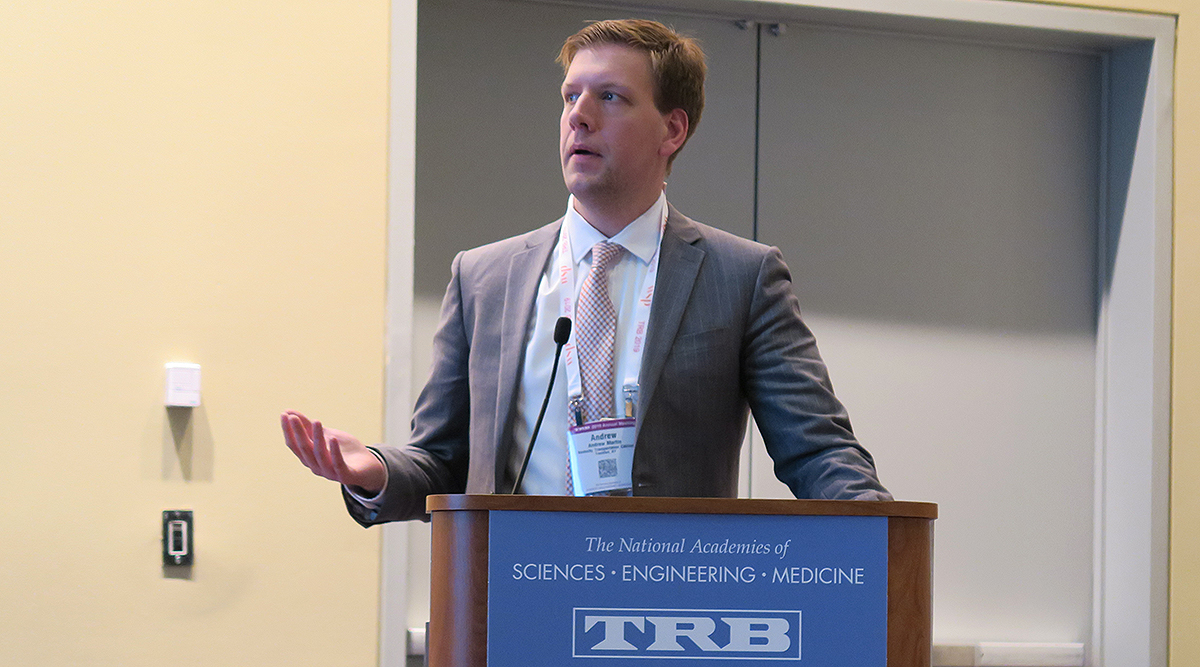State and Local Governments Look to Technology to Bridge Infrastructure Revenue Gap
The main question related to the desperate need to rebuild the bridges, roads, tunnels and other aspects of the United States’ transportation system isn’t when the task should be undertaken, but how to pay for it. The headlines and media tend to focus on Washington, DC for the solution to that funding question — a solution that isn’t coming anytime soon amid the current partial government shutdown and gridlock in Congress.
As the roads continue to crumble and more and more of the country’s bridges are deemed structurally unsafe , state and local municipalities are looking to new and alternative means for generating much need revenue to address these concerns. Increasingly, we are also seeing the use of technology to — pardon the pun — bridge the gap, which is a tailwind for the Tematica Research Digital Infrastructure theme. Case in point is this article on Transport Topics about automated weight stations that can enforce trucking regulations without slowing traffic or require large amounts of manpower to manage:
Automated weigh station technology can generate money for state transportation and law enforcement agencies, according to Andrew Martin, a senior research scientist at the University of Kentucky’s Transportation Center.Automated screening technologies can photograph and record a truck’s license plate or U.S. Department of Transportation registration number. Martin delivered a presentation estimating the benefits of automated commercial vehicle enforcement at the Transportation Research Board’s annual meeting Jan. 14.
Using data from Kentucky Automated Truck Screening (KATS), as well as information gathered from screening services like PrePass and Drivewyze, Martin said that such technologies could generate millions of dollars for state agencies by helping auditors spot non-compliant carriers. There are KATS systems stationed at 17 sites throughout Kentucky.
These technologies can improve auditors’ efforts to spot offending trucks, such as ones operated by a person without an active tax license. Martin explained that, in Kentucky, auditors sample a few trucks, but don’t look at the entire population of carriers in the state. Automated technologies that collect information on trucks can offer auditors a more complete picture of the fleets that operate within a state.




